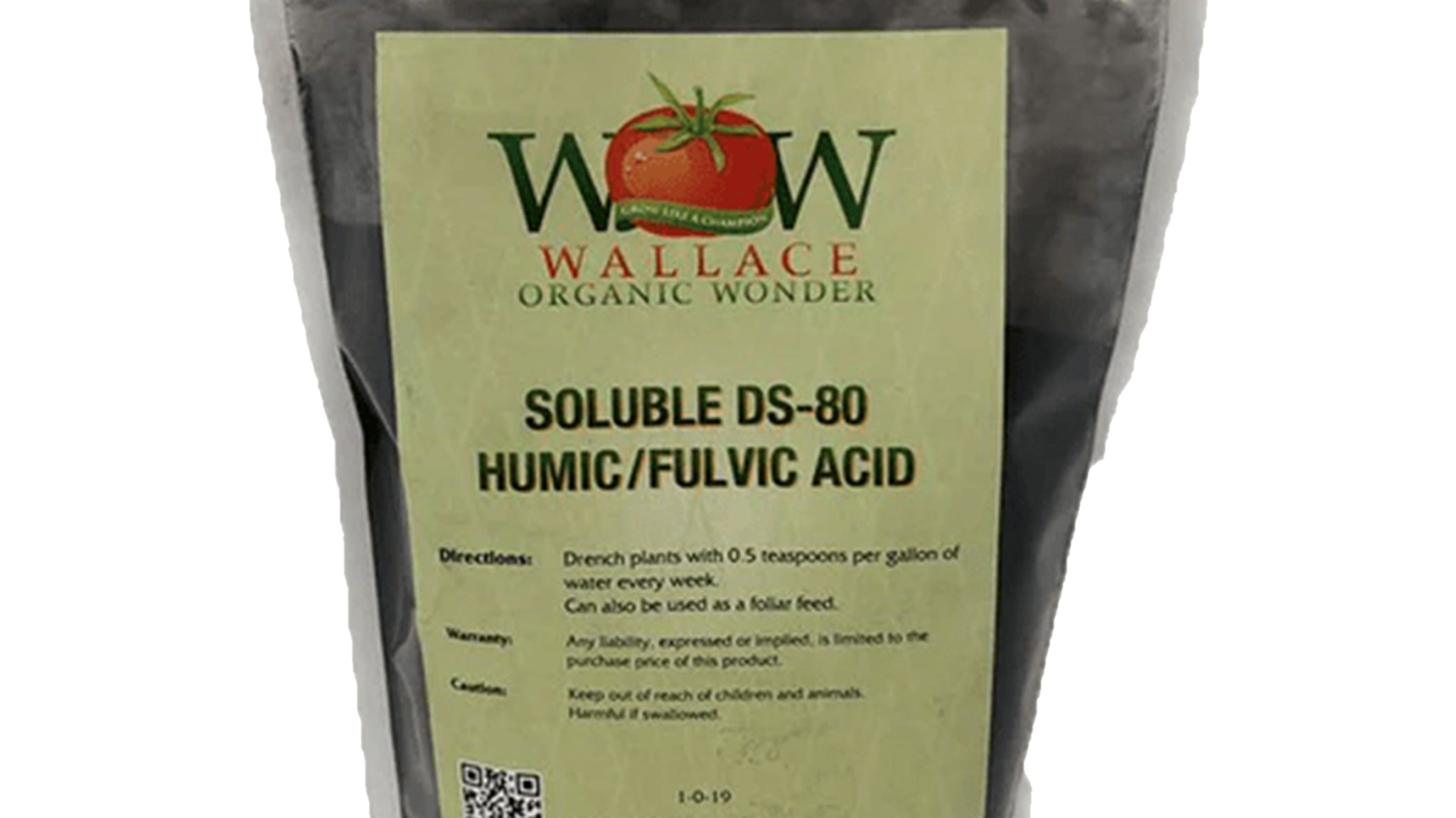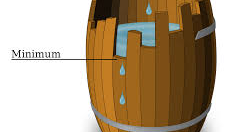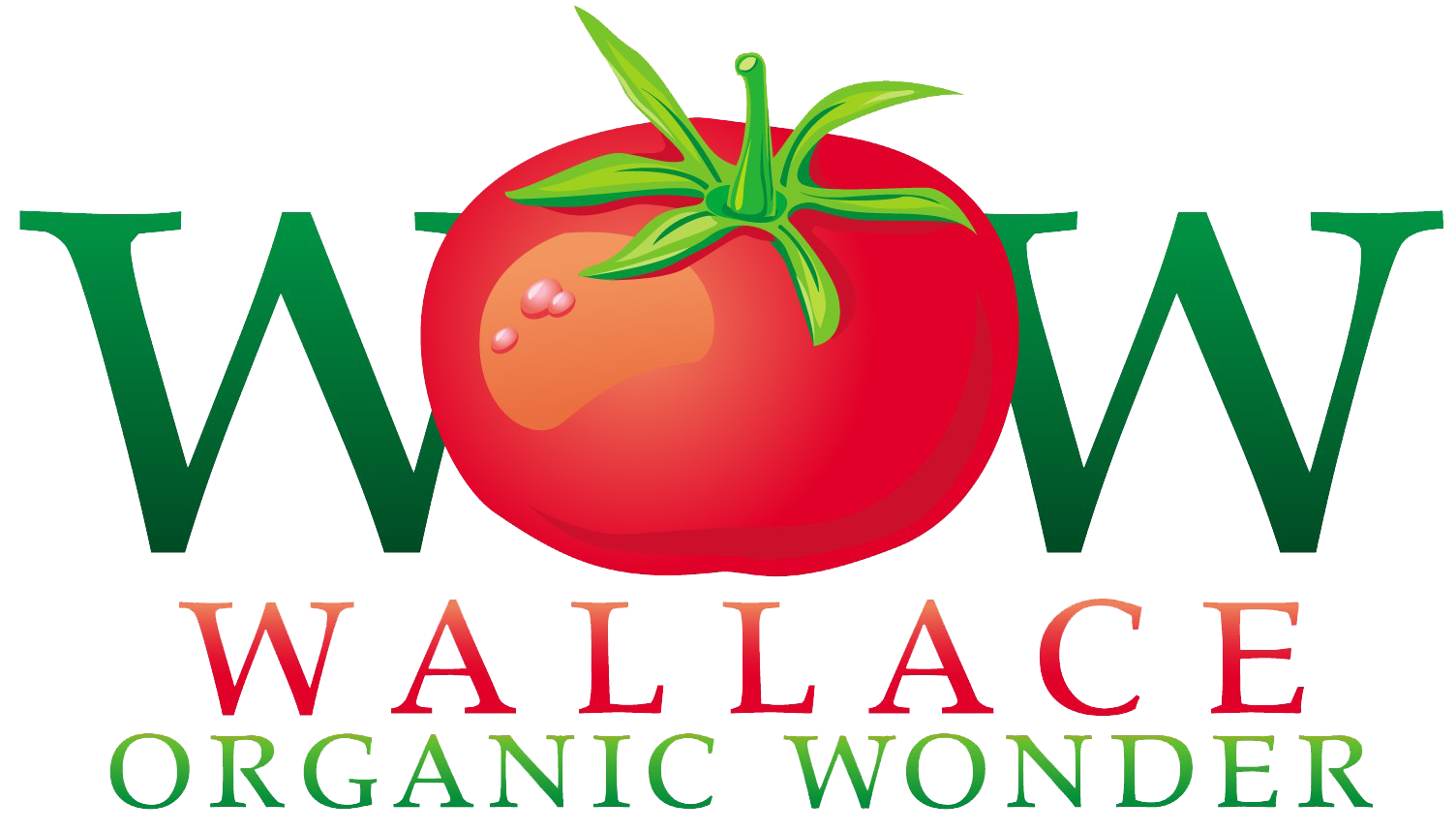News
Compost Tea: Why it's great for plants and how to make it
Compost Tea: Why It’s Great for Your Plants And How To Make It Every gardener knows their next crop is only as good as the ground it grows in. Keeping the...
Humic And Fulvic Acids Role As Biostimulants
THE CRUCIAL ROLE OF HUMIC AND FULVIC ACIDS AS BIOSTIMULANTS Humic and fulvic acids are compounds derived from the decomposition of plant and animal matter. Though a product of decay,...
The Microbial Matrix
The Microbial Matrix The “Plant / Soil / Biological Matrix” is the foundation of all dynamic and sustainable eco-systems. Healthy soil is supported by a vast world of microbes:...
What are Mycorrhizal Propagules?
What are mycorrhizal propagules? Propagules are an average count of colony forming spores, hyphae and root fragments per gram. Spores act as a mycorrhizal seed that will geminate in the...
Phosphite- A Nimble Compound with a Powerful Punch
Wallace Organic Wonder is proud to have Keith Giertych from Growth Products as this week's guest blogger! Hi, it's Keith Giertych from Growth Products. Everyone knows about phosphate – the ever-important...
Liebig's Law and Maximizing Garden Potential, by: Joe Ailts
Wallace Organic Wonder is proud to announce our guest blogger for this week is Joe Ailts. His Bio and Blog are below. Enjoy! Ron Wallace, Wallace Organic Wonder Joe Ailts...
Growing Organic Tomatoes with Russell Landry!
Wallace Organic Wonder is proud to announce our guest blogger for this week is Russ Landry. Russ is a respected member of the Giant Vegetable community. His Bio and Blog...
Ron Wallace "Could Change The Way The World Grows Vegetables"
Could giant pumpkins carry the secret to better crop yields? Ron Wallace is world-renowned for his giant pumpkins, but he may soon be famous for increasing yields for a variety...
Ron Wallace New York Botanical Garden Event
MEDIA ALERT Giant Pumpkin Carving Weekend at The New York Botanical Garden Features North America’s Largest Pumpkin on Display Pumpkin Sculpture of Day of the Dead Tableau, Carved by Ray...
WOW Wins Rochester Fair!
ROCHESTER – Weighing in at 1,975 pounds, a pumpkin grown by Ron Wallace of Rhode Island beat last year's Rochester Fair's winner by 75 pounds. Wallace beat Farmington grower Hiram...
Plant Tissue Testing
Tissue testing: How to, when and why I have been starting to get allot of emails concerning tissue testing. I went back into the “archives” and found an article...
MIGHTY MUSTARD NOW AVAILABLE AT WALLACE WOW !
Resting an area for 2016 planting? Try Mighty Mustard! Below is an article on Mighty Mustard from a few years ago. For complete planting instructions visit www.wallacewow.com Are you just...





